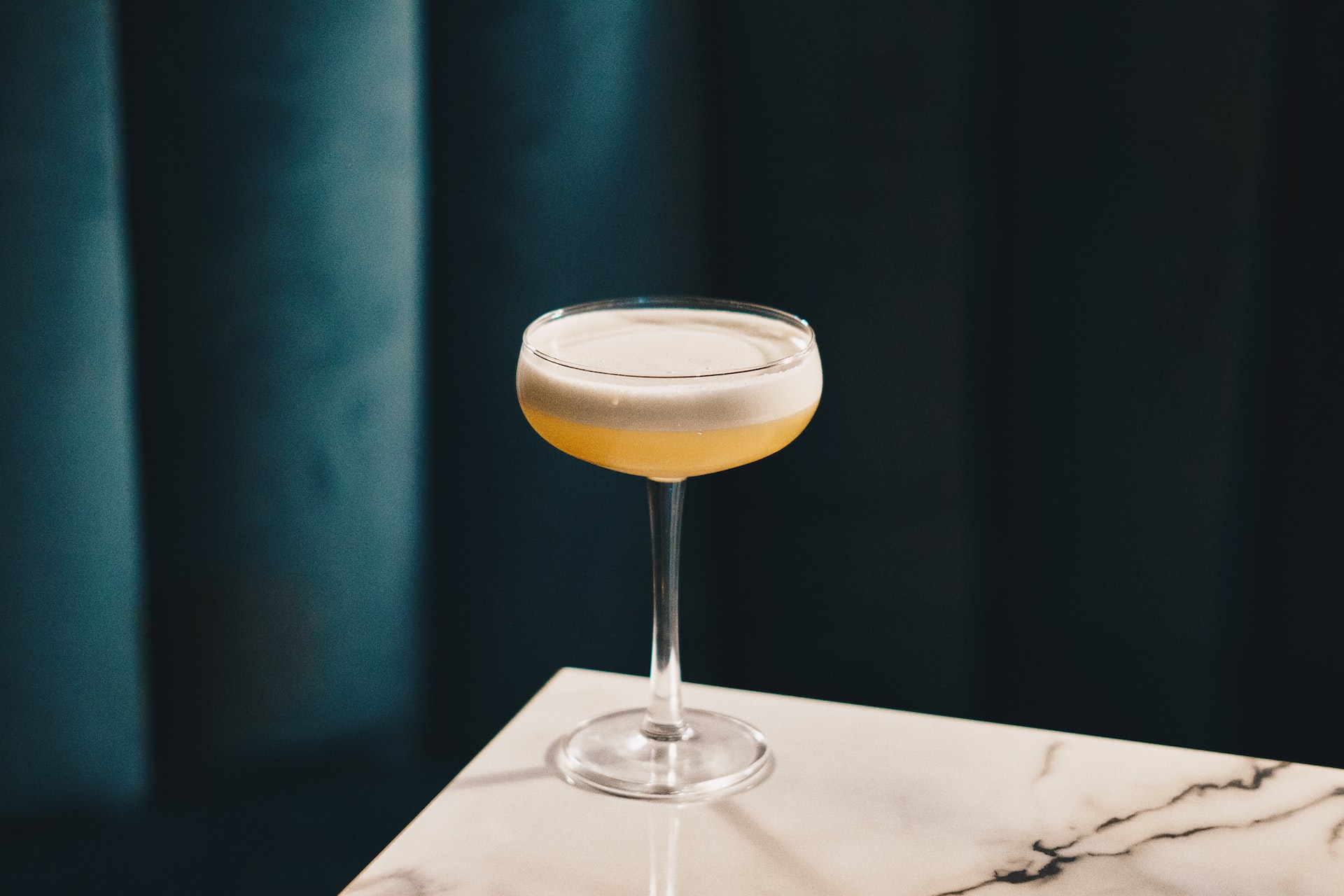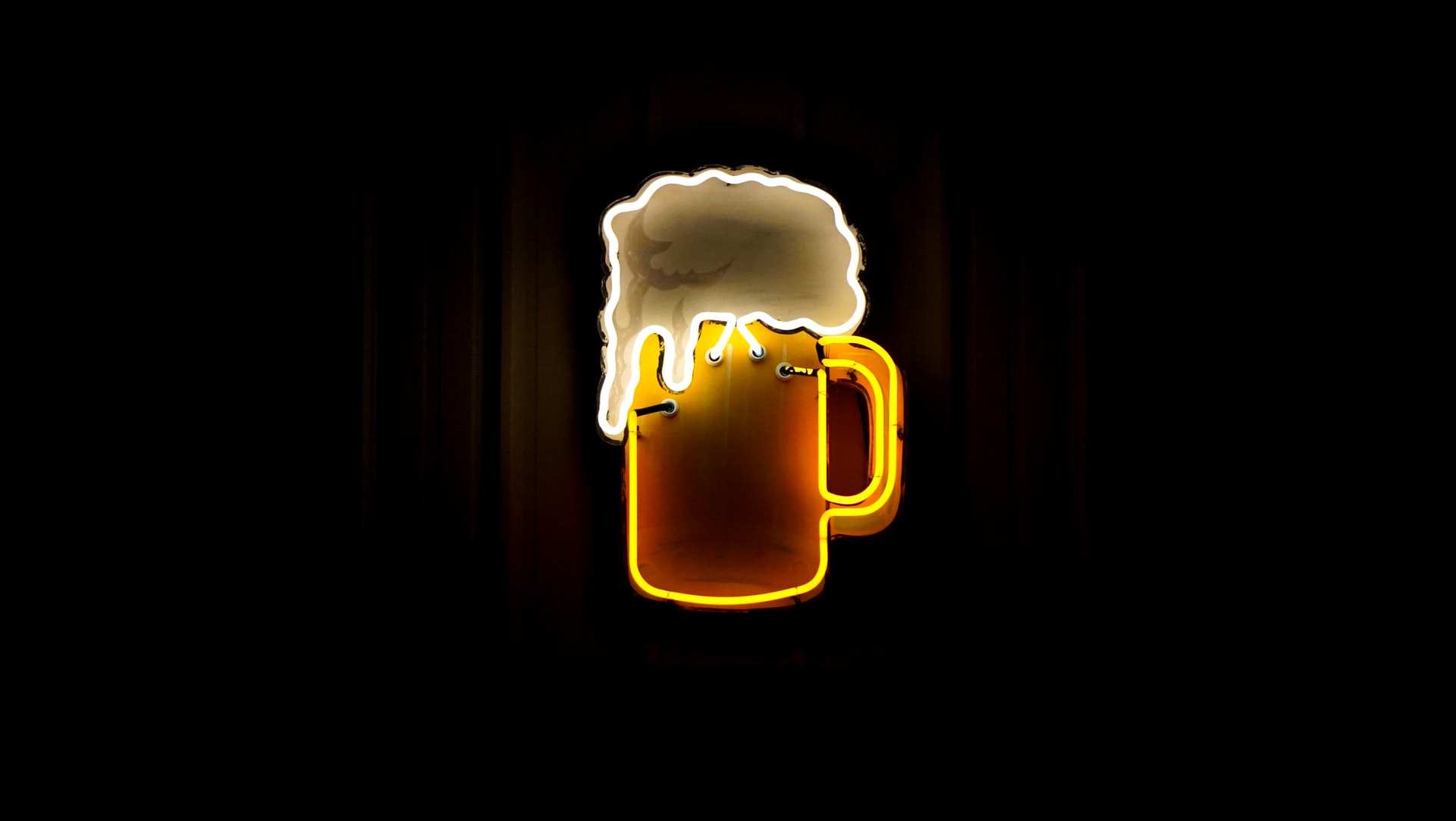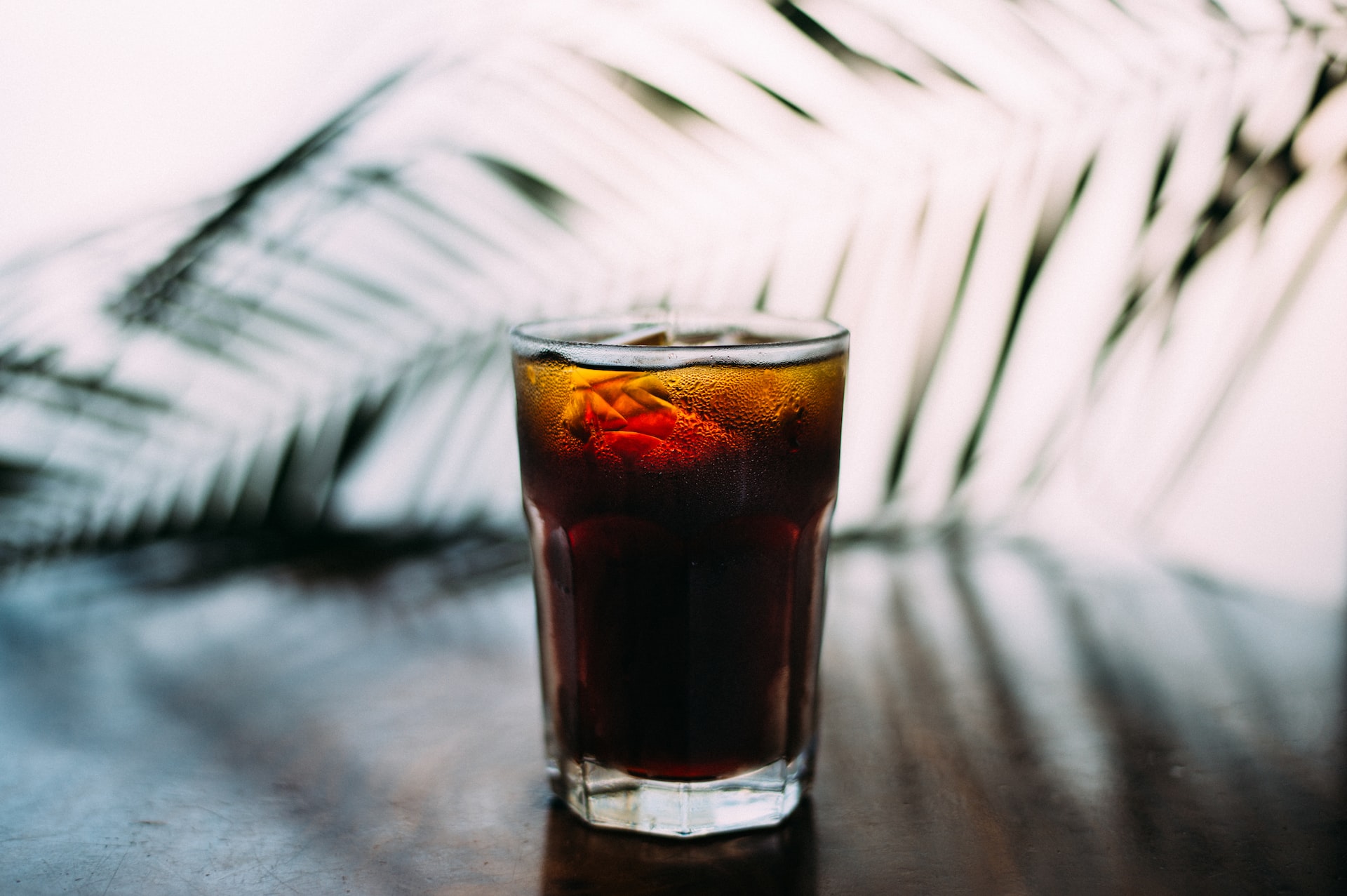End the Month with this Sour Cocktail
by David Klemt

End the month of August with a promotion focusing on one of the most popular members of the iconic sour cocktail family.
As I’ve been saying in several of this month’s articles, August is full of bar holidays. This month we celebrate Albariño, Cabernet Sauvignon, Pinot Noir, and Prosecco. And that’s just the wine holidays, which also include National White Wine Day and National Red Wine Day.
Additionally, National Rum Day and Mai Tai Day in August. Apparently, however, eight bar holidays just isn’t enough. And that’s awesome.
You see, we have another bar holiday to celebrate this month. National Whiskey Sour Day takes place on Thursday, August 25.
The Sour Family
Family, category, type… There are several ways to distinguish groups of cocktails.
And depending on your source preference, there are either a handful of families or at least twenty. Hey, why make things easy when we can obsess over minutiae and argue with our peers?
One of the most popular lists of families comes from Gary “Gaz” Regan, an icon in his own right. Sadly, he died on November 15, 2019. Regan’s 2003 book Joy of Mixology identifies “sours” amongst 19 other families.
In 1862, Jerry Thomas included several sours in his book The Bar-Tenders Guide. (a.k.a. How to Mix Drinks). You’ll find the Brandy Sour, Gin Sour, Santa Cruz Sour, and Whiskey SOur. However, a cocktail need not include “Sour” in its name to be part of this cocktail family.
Consider the characteristics of a sour: a base spirit, lemon or lime juice, and a sweetener. In some cases, also egg whites.
So, those defining elements place the Collins, Daiquiri, Margarita, French 75, Gimlet, Mojito, Paloma, Rickey, Sidecar, and Southside in the sour family. However, some would place the members of this group that call for a carbonated element into either the Champagne or so-called “sparkling sour” family.
Now, if you really want to get pedantic, the Whiskey Sour could be a member of the Punch family as well.
The Whiskey Sour
So, does it surprise you to learn that we don’t know the exact origin of the Whiskey Sour? As in, we don’t know precisely who to credit for creating this classic?
Well, it shouldn’t, as cocktail history is quite often murky and mysterious at best.
However, we know that the first appearance of the Whiskey Sour recipe is from Jerry Thomas’ The Bar-Tenders Guide. So, that means the cocktail was known in 1862.
Yet, it’s believed that this recipe was known for at least a hundred years prior. Interestingly, one can argue that the Whiskey Sour is sibling to Grog. In the 1700s, British Vice-Admiral Edward Vernon commanded captains to allow sailors to purchase sugar and limes to make their watered down rum rations taste better.
Hey, sounds like a base spirit, lemon or lime juice, and sweetener to me.
Alright, that’s enough history for you to share with your guests. To celebrate National Whiskey Sour Day, create a handful of LTOs. This can be as easy as offering a Whiskey Sour menu featuring an array of bourbons or other whiskeys. Additionally, you can menu a signature Whiskey Sour and have variants such as the New York Sour or Penicillin accompany it.
Also, if your local legislature permits the discounting of alcohols, you can offer a discount on Whiskey Sours. For food pairings, consider barbecue pork dishes, Cheddar cheese, or brie.
“Gaz” Regan’s Cocktail Families
For the curious, below is the list of cocktail families according to “Gaz” Regan, in alphabetical order:
- Beer- and Cider-based
- Bottled
- Champagne
- Cobblers
- Duos and Trios
- French-Italian
- Frozen
- Highballs
- Hot
- Infusions
- Jelly Shots
- Juleps
- Milanese
- Muddled
- Orphans
- Pousse-cafes
- Punches
- Snappers
- Sours
- Tropical









